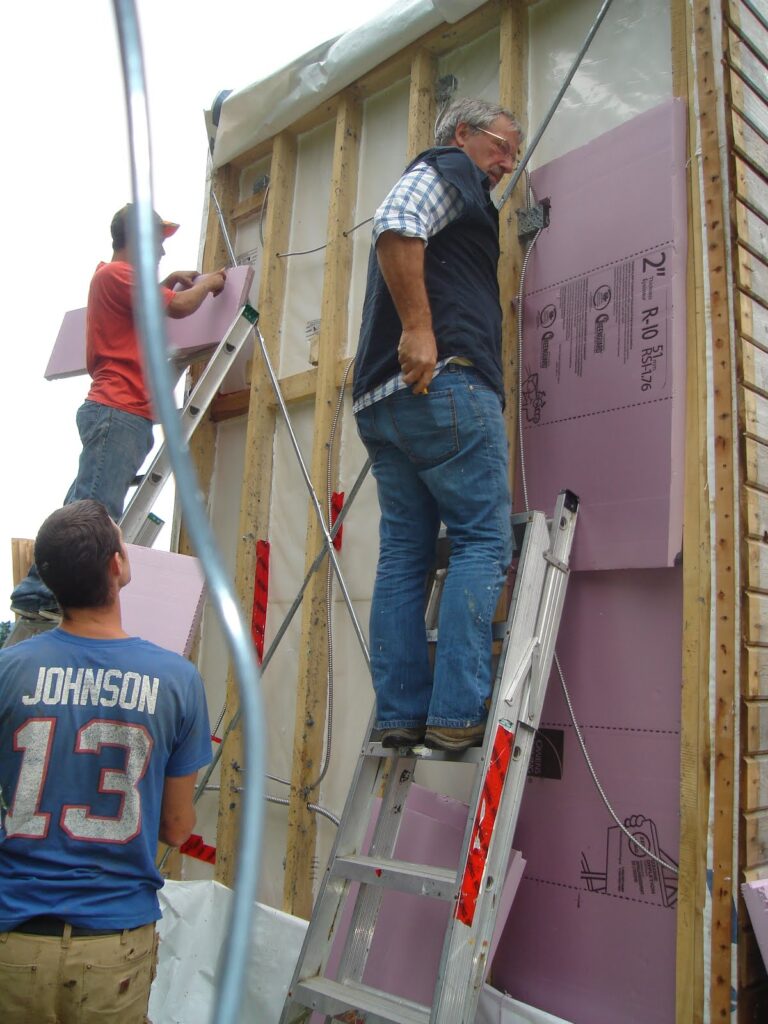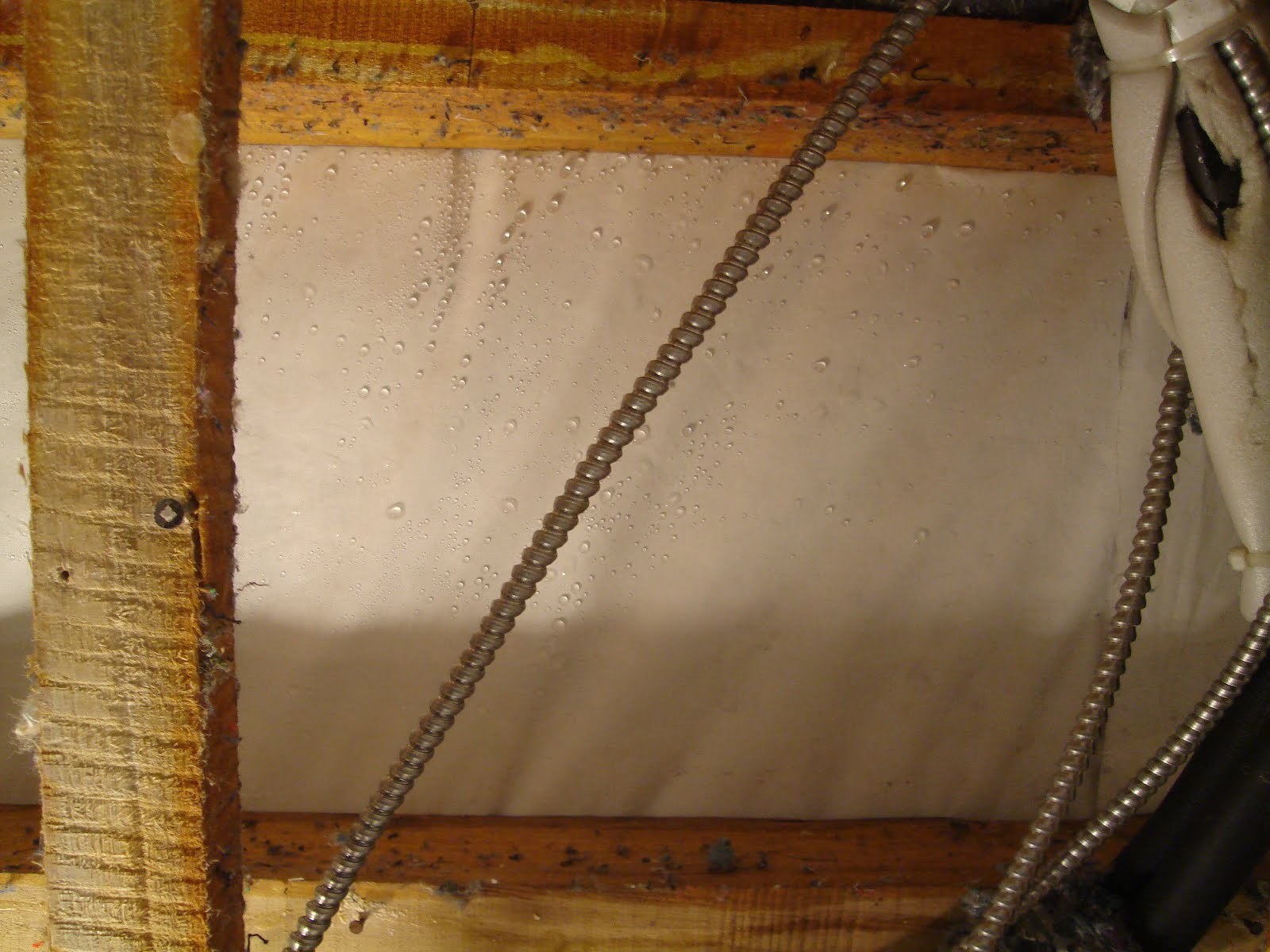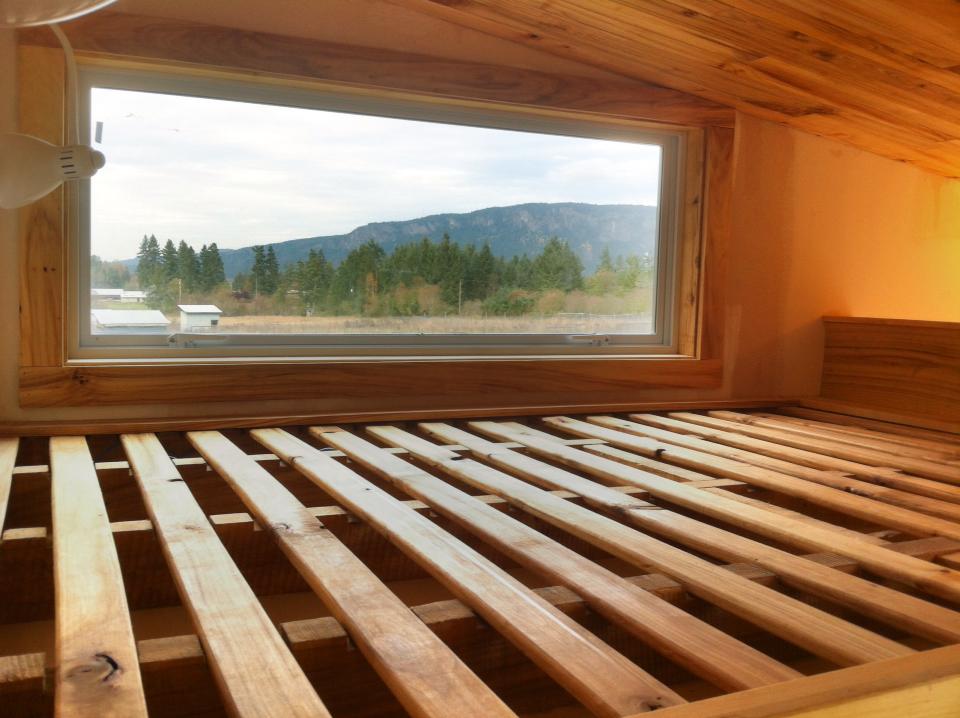This article will discuss preventing mold in tiny homes that are custom-built.
Usually on wheels, but much of this could apply to lane houses and other tiny homes not on wheels (though I don’t discuss foundations here). This will apply to some prefab but not all types.
This post contains affiliate links to products that I use and recommend. Upon purchase, I earn a small commission at no extra cost to you.
Major problems with tiny houses that cause mold:

- Very few people hire an architect, engineer, or other building science expert to design the system.
- Many tiny home companies are new and the builders lack experience or are not experienced enough in all aspects of building (from plumbing to roofing, to installing heat pumps, to insulation, and moisture management).
- The DIY movement is a problem because the size of the home makes it seem like you can do it yourself, yet you still need all the knowledge of all the contractors: electricians, plumbers, roofers, architects etc. to build a house. The size of it does not necessarily make it simple!
- DIYers often learn from other DIYers via the internet, copying others’ mistakes.
- The movement is new and it can take 10 years for some mold problems to show up.
- Most tiny homes do not need to follow building codes. Almost anything goes in most places, resulting in poor building practices.
- Homes are built in one climate and shipped around the US and Canada to other climate zones where the moisture management system may not fulfill its function. Owners may also move the house to a different climate zone.
- Only one year warranty on many houses will not be long enough to cover mold issues.
- Many tiny homes I have seen have simply invented wall systems that would never be used in a regular house.
- I have seen major problems with the moisture management systems such as vapor barrier errors, and smaller but still problematic practices like lofts built with mattresses right on the floor with no ventilation, and inadequate exhaust fans.
- Lack of attention to detail that comes from inexperienced builders or those not concerned about mold.
- Building by prioritizing non-toxic materials over building the correct moisture management system (because you remove or replace a part of the system with something non-traditional).

When I first set out to build my tiny house I was mostly concerned with choosing healthy materials that were 0-VOC.
It was only after I took the house apart (almost completely) to fix the problems my builder made, that I realized the extent of knowledge needed to build a mold-free home.
I thought you just leave the construction details up to the contractor, but my builder (Ben Garratt, Tiny Healthy Homes) made a long long list of mistakes.
I lost 100K dollars, my health and housing stability needed to stay healthy and on budget.
From interviewing and working with dozens of contractors in my area, I have found one out of a few dozen who was knowledgeable and detailed enough to renovate the house in the correct way.
The two most important aspects of designing a mold-free tiny house are:
- Have an architect (or other building science expert) who specializes in mold prevention design the moisture management system. This is everything from the wall system to the roof, the floor, and the ventilation. They will also need to take into consideration which materials you can and can’t use to design the system. Take the time to do this in detail before you hire your tiny home builder.
- Extremely detailed supervision. I have fixed everything from my bathroom fan to my walls and roof. Taking my attention away from the project for more than an hour led to mistakes by the contractors who simply do not care about mold prevention. Even if you find a good owner, that person leaves the work to his laborers or subcontractors who are not well supervised. Here you can either hire someone extremely competent to supervise, or you can supervise yourself. If you supervise yourself, take the guidance from your architect, and learn the basics in order to follow those guidelines (or you will be calling him or her every few hours). Make sure the builders have a very detailed plan of how you want things done so that when you come in to supervise you are staying on plan. There may be a clash of egos here, but you need your house done right and most contractors do not have the right skills.
Of course, choosing the right expert to guide you is also important, so before you do that you should be aware of a few different ways to manage mold that are popular and get a few opinions before you decide on hiring someone.
Here are a few different systems:
- Passive house design – Passive house design is a very detailed system that uses a lot of calculations to manage the moisture in a scientific way. You can check out 475 to learn more about this.
- Walls with vapor barriers – Learn the basics on vapor barriers and what smart vapor retarders are.
- Wood-frame houses versus metal-framed houses.
- Building with SIPs.
Here are a few terms and ideas to learn about so you can follow along with your expert:
- Flashing of windows and doors – the instructions on this are fairly simple and yet they are often not followed precisely (they need to be!)
- Taping house wrap – there is a controversy about whether to tape the horizontal seams
- Rainscreens
- Solar vapor drive
- Vapor barriers and condensation
- Insulation types and their permeability
- Perm rating of a material/barrier
- Air barriers versus vapor barriers
- Ventilation – proper exhaust fans, ERVs, HRVs, and dehumidifiers
- Exterior foam insulation method
- Steel frames versus wood frames
- Zip systems instead of house wrap
Do not attempt to become an expert on these topics from reading about them online. Though there are more resources and online courses available online now. I would recommend the course by Cheryl Ciecko on building a mold-safe home.
You want to be informed so you can choose a good architect and understand the system they are designing for you.
You may also need to learn enough to supervise the build.
Some basic mistakes you can avoid to keep your house as mold-free as possible:

- Window and door flashing not done in a detailed way. Also, beware of 0-VOC peel-and-stick window flashing which may not fit most codes and may not be recommended by the companies themselves for the rough openings. I have also seen windows flashed with house wrap tape and not proper peel-and-stick flashing.
- Silicone and other caulks skipped where needed on the exterior due to chemical sensitivities.
- Having air leaks into the wall cavity.
- Housewrap not applied to spec – including the overlap and how it is taped.
- Roof not vented properly (there is some debate here between passive house design and most builders) or double vapor barrier issues in the roof.
- Putting the vapor barrier on the wrong side.
- Planning the house to be used with heating but not planning for AC.
- Exhaust fans over the stove that don’t vent to the outside. Exhaust fans in the bathroom that could leak moist air into the ceiling. The fan I used doesn’t leak moist air.
- Inventing a new wall system that is not normally used. Make sure you understand your wall system and which direction it dries to. Don’t skip on things like rain screens (if that is the system you are using) just because it is a tiny house.
- Not having a professional plumber install your plumbing system. Or reusing old plumbing pieces that could fail on you.
- Pipes not designed and winterized for the climate causing them to freeze and burst. Not providing the cold and hot water a low point to drain outside. If the power goes out you will need to drain them. You may also want to drain them if you are away.
- Using wood that doesn’t hold up well to humidity in the framing.
- Putting your mattress directly on a solid surface with no ventilation under it (use slats or a box spring).
- Using natural latex. See my warning here.
- Not using a properly sized drainage line on a heat pump. Know how to flush it out, this tends to get clogged with mold.
Corinne Segura holds certificates in Building Biology, Healthier Materials and Sustainable Buildings, and more. She has 10 years of experience helping others create healthy homes.
Did you find this post helpful? If so you can buy me a coffee to support the research behind this blog. Thank you!

Adam
I just went through a 2 year nightmare mold experience. Starting life again and need all the advice I can get.
Joel Efosa
The tiny home movement has taken off significantly in the last decade. At 500 or less square feet, tiny home living allows individuals and families to save money, live more environmentally friendly, and simplify your life.
James Abram
Having a mold free tiny house would also mean installing bathroom exhaust fans soffit vents.
Corinne
He has been doing this for a while now. My house was his trial tiny house, the first one. But I would not go with anyone that doesn't truly have that desire for very detailed mould preventative work. Anyone who is like, oh well good enough and pats themselves on the back just does not care enough to do everything right. That being said he's been doing this for many years now and knows more than many others I'm sure.
Berta
Do you have any suggestions for builders? My sister is in desperate need
Corinne
https://www.mychemicalfreehouse.net/why-i-dont-recommend-builders
Carla
Corinne can you please comment on the builder who redid your home the second time? Thanks
Corinne
it was a number of contractors that I supervised
Jt
Man I am so sad to hear that Ben Garratt did not do a good job. I have been eyeballing his work and it seemed like he knows what he is doing…. 🙁
Unknown
Thank you. I have been lost. Living in different hotels after losing home all belongings me close to death and marriage EXTREMELY affected by it all. Im EXTREMELY depressed bc of the enormous money spent to live in sick building still in hotels in Fl. This has giving me some hope. To at least dive in and educate myself. Thanks again
Corinne
I know how hard it be. Keep making plans to move forward.
Berta
Have you had any luck? My sister is going through the same thing. I’m so sorry you’re having to go through this
Unknown
Is mould prevention as important in desert climates? I definitely know not to use a swamp cooler.
Corinne
You still have the humidity you create inside, temperature differences between inside and outside, and I'm assuming it does rain just less. You might get away with more in low humidity but a lot of this still applies.
Summer McDowell
I got mould toxicity in vegas due to a faulty exhaust fan and a slow leak. It matters in the desert.
Alisa Stevenson
Thanks
Anaid Avet
thanks for the info! so timely, I faced with similar issue